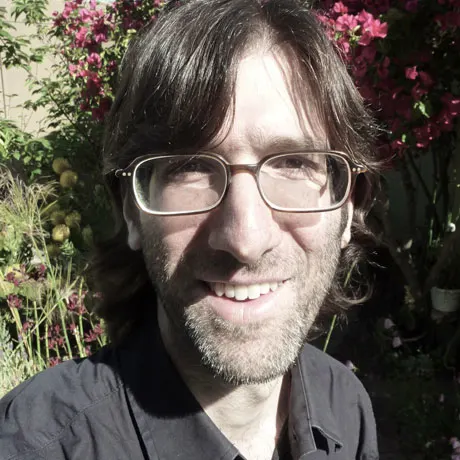3 mindfulness techniques for parenting stress

At a glance
Mindfulness means calming your mind to be more present in the moment.
Practicing mindfulness can help reduce parenting stress.
Mindfulness techniques are simple, free, and don’t take much time.
Parenting can be stressful, especially if your child is struggling at school or at home. Practicing mindfulness is a simple and cost-free way to reduce stress. It’s a type of meditation that helps you calm your mind and be aware of what you’re feeling in the moment.
Here are three quick mindfulness techniques you can use.
Technique #1: Focus on your breath.
One form of mindfulness involves focusing your attention on your breath. You can do this with your eyes open or closed.
Take a few moments to start concentrating on your breath.
With your mouth closed and breathing through your nose, focus your awareness on the sensation of the breath moving in and out of your body. (If that’s not comfortable, you can breathe with your mouth open.)
Allow your mind simply to follow the movement of air as you inhale and exhale.
After a minute or so, try to notice more subtle details about the breath. Is there a certain area where you can feel your breath with greater attention? If so, focus on the sensation of the breath there.
When your mind starts to wander, gently bring your mind back to the breath.
After a few more minutes, take a deep breath and go back to your day.
Technique #2: Tune in to your body.
Another kind of mindfulness involves noticing all of the physical sensations you experience in the moment. You might want to lie down or sit on a comfortable chair for this technique.
First, take a moment to focus on your breathing, taking deep, slow breaths.
Then, start to slowly scan through your body and feel the areas where you have physical sensations. Maybe you feel a sensation in your shoulders, or feel your belly moving as you exhale and inhale.
Notice these sensations, but don’t judge them. You might think “I feel some pressure in my shoulder,” instead of “My shoulder is tense because I’m worrying too much.”
Then, listen to the sounds around you (perhaps with your eyes closed). Try not to identify the sounds you hear, but rather listen to them as attentively as you can. Notice how subtle the changes in sound can be.
This method of being aware of your senses can be used at any time. You might focus your attention on the smells you notice while you walk in the park. The goal is to be as deeply aware of an experience as you can.
Technique #3: Try “conscious relaxation.”
When you feel stressed out or wound up, you might try a technique called “conscious relaxation.” Get started by finding a quiet area in your home and ask not to be disturbed for a few minutes. Leave your phone or other tech devices behind.
Lie down on the floor on a soft, comfortable surface with your palms facing up a few inches away from the side of your body.
Focus your awareness on the different parts of your body. Start with your feet, and then allow them to relax. Let the muscles release and feel them becoming softer. Go up the body all the way to the head.
Try to direct the breath to any areas of tension you feel. This helps your muscles release and relax. (“Direct your breath” doesn’t literally mean to move your breath to your neck or shoulders. You’re directing a feeling of relaxation associated with your breath into the tense areas of your body.)
When you decide to move again, do so very gently and slowly. Give yourself time to transition from relaxation to movement.
These techniques won’t get rid of stress entirely. But they can help reduce stress levels and give you more energy.
For ways to deal with your child when you’re feeling frustrated, try these steps to keep you from losing your cool.
Key takeaways
Mindfulness techniques can involve focusing on your breath and your body.
Mindfulness can also help you pay attention to what you’re feeling without judging it.
Practicing mindfulness won’t get rid of stress entirely, but it can reduce stress.



